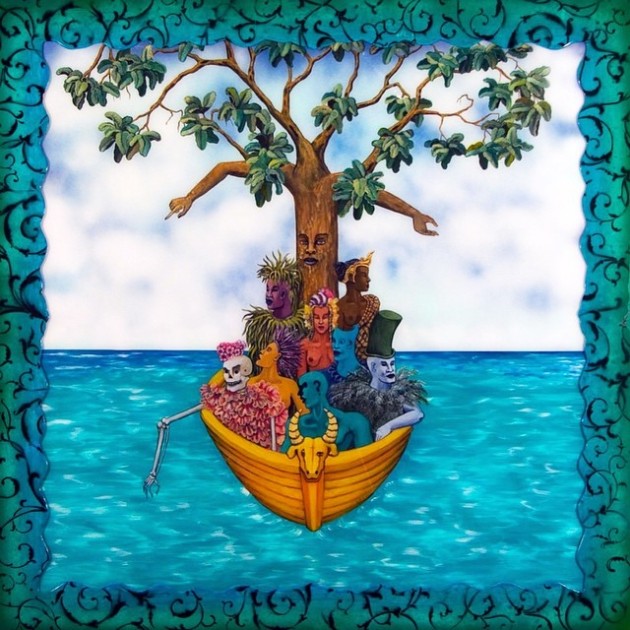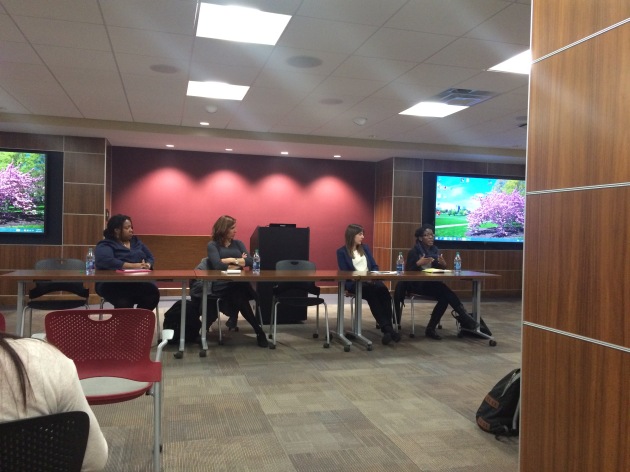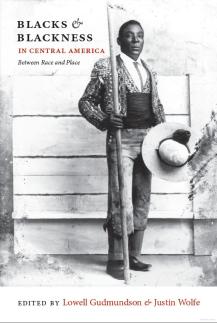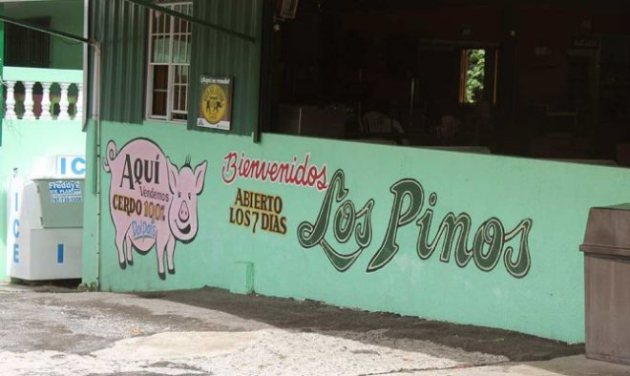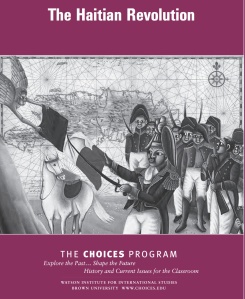In the DO Archivo General de la Nación
August 23, 2016 Leave a comment

This is my fifth day at the DO Archivo General de la Nación in Santo Domingo, and I am finding that the curators have been doing a good job digitalizing the bulk of the pre-1930 documentation. Except for a few documents in some of the collections, (i.e., Policía, ayuntamientos, Hipotecas, Apelación, Oficialías, Instrucción, Hacienda), the only other records they claim that have not been placed on-line are the notarial documents, which are like untapped windows to the early nineteenth century.
A look at the Reading Room (Sala de Investigación)
María Filomena Gonzalez Canalda wrote a book (click here for her article) about these sources to show the potential they had in redefining the way we look at the so-called Unification Period (“Haitian Occupation”) in Dominican History.
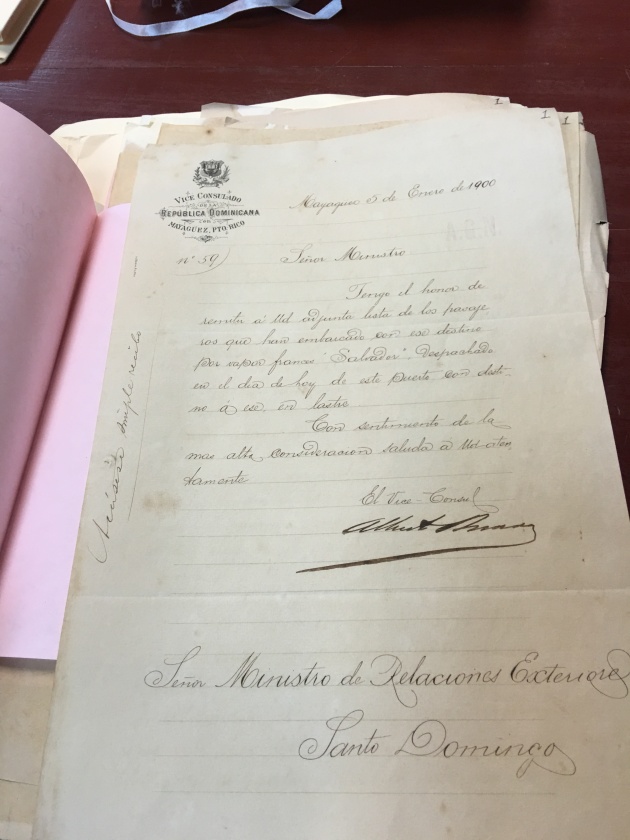
In this 1900 document, the Dominican vice-consul in Mayagüez writes to Santo Domingo informing his superiors of the steamship “Salvador,” which is departing with Puerto Rican migrants to the Dominican Republic. The list of travelers, however, is still missing.
